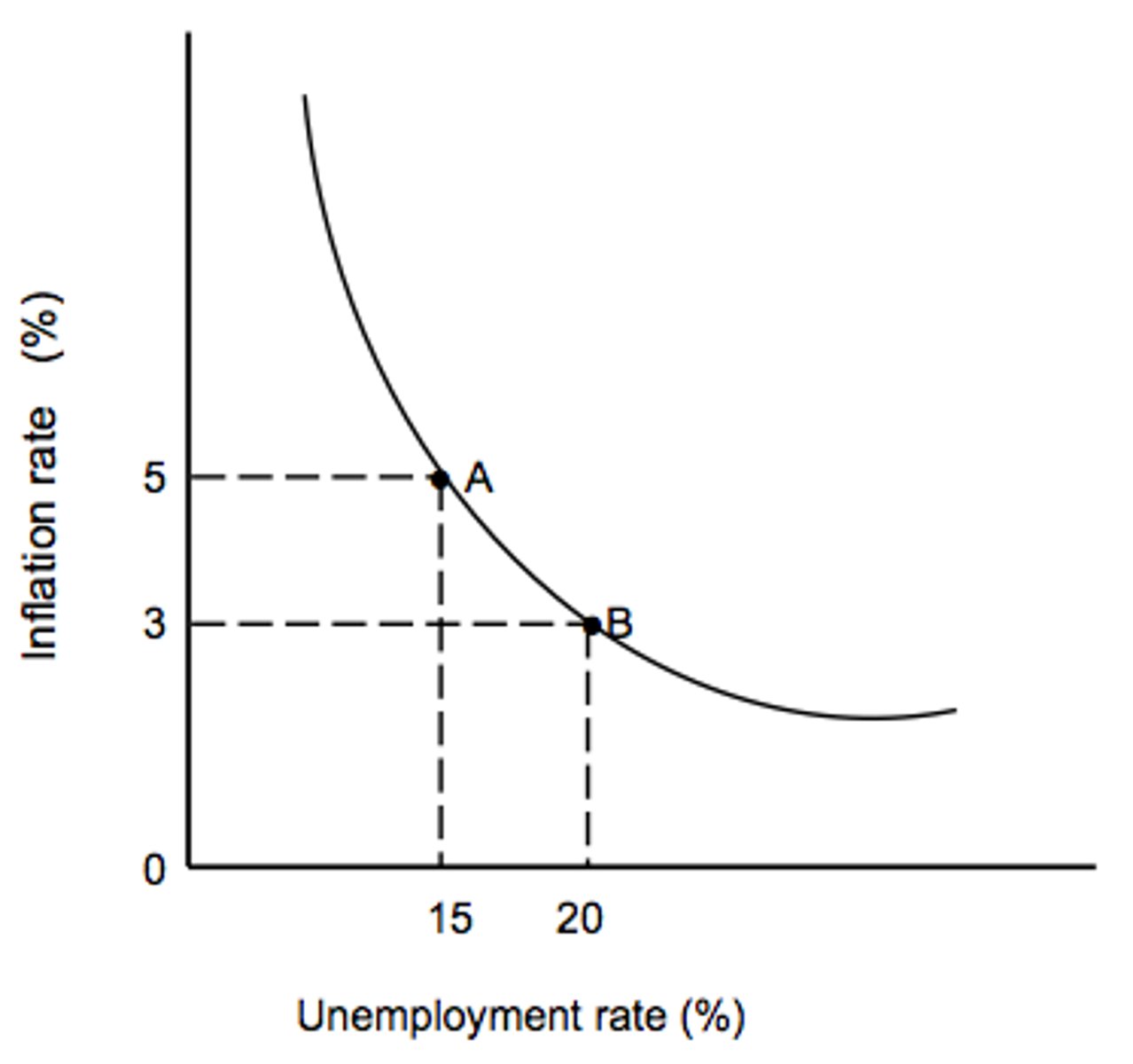Chapter 2 - Business cycles and forecasting
1/24
There's no tags or description
Looks like no tags are added yet.
Name | Mastery | Learn | Test | Matching | Spaced |
|---|
No study sessions yet.
25 Terms
business cycle
successive periods of growth and decline in economic activities
peak
point where the economic expansion is at its highest
recession (technical recession)
negative economic growth for at least two successive quarters
depression
economic activity is at its lowest - deepening of the recession
trough
point where the economic contraction is at its lowest
amplitude
measures the distance of the oscillation of a variable from the trend line and indicates the severity of cyclical fluctuations
economic indicator
used to measure trends in the economy, e.g. GDP
trend line
a line that shows the general direction in which the indexes that were used moves, e.g. the business cycle
coincident indicators
economic indicators that usually change at the same time as changes in overall business activity
examples of coincident indicators
registered unemployed
real retail sales
lagging indicators
measures of economic performance that usually change after real GDP changes
examples of lagging indicators
unit labour costs in manufacturing
real investment in machinery and equipment
number of commercial vehicles sold
hours worked in construction
leading indicators
a set of key economic variables that economists use to predict future trends in a business cycle
examples of leading indicators
number of new motor cars sold
net new companies registered
share prices
job advertisements in the Sunday Times
composite indicator
a summary of the various indicators of the same type into a single value
extrapolation
to estimate something unknown from facts that are known
moving average
a method of repeatedly calculating a series of different average values along a time series to produce a trend line
exogenous variable
a variable that is determined outside the theory, it is an autonomous or independent variable
monetarist approach
the view that the growth path in the economy is determined by that natural growth in the supply of available resources of production
interventionist (Keynesian) approach
the view that markets are inherently unstable which implies that government must intervene to stabilise the economy
endogenous variable
A variable that is explained within a theory, sometimes called an induced variable or dependent variable
new economic paradigm
the view that demand-side as well as supply-side polices should be used to achieve long-term economic growth
Phillips curve (description)
illustrates the inverse relationship between the unemployment rate and the inflation rate

monetary policy
the measures taken by the monetary authorities to influence the quantity of money or the rate of interest with a view to achieving stable prices, full employment and economic growth
fiscal policy
the government's policy in terms of the level and composition of government spending, taxation and borrowing